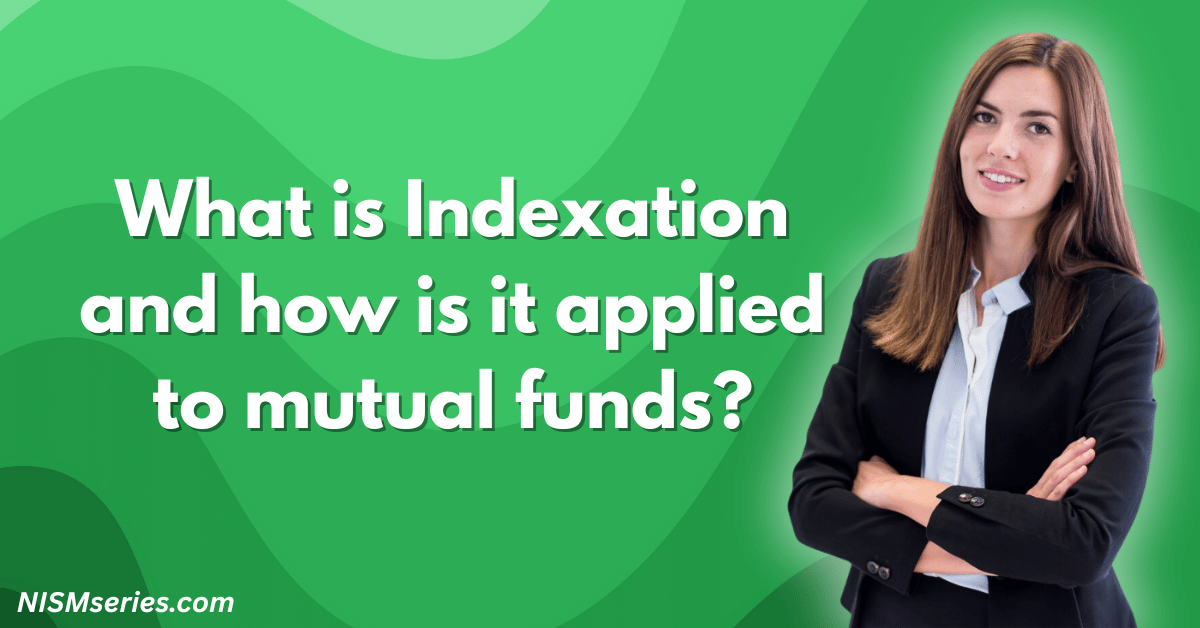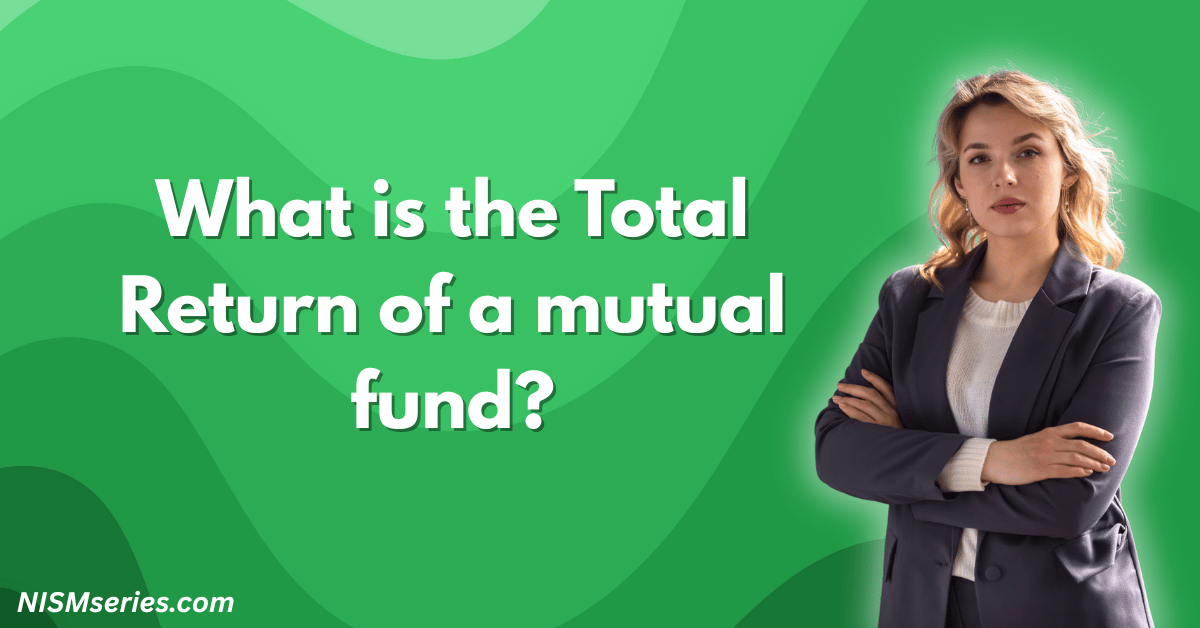Indexation is a tax rule that protects investors from inflation. Inflation is when prices go up and your money buys less. Indexation makes sure you only pay tax on your real profit, not on profit from inflation. It adjusts your investment’s purchase price using a government number called the Cost Inflation Index (CII). This way, you only pay tax on your real investment growth. Without indexation, you would pay tax on “phantom profits.” For example, if you buy something for ₹100 and its price becomes ₹120 due to inflation, you should not pay tax on that ₹20 gain. Indexation stops this unfair tax.
Table of Contents
Understanding Indexation in Mutual Funds
Indexation Meaning
For mutual funds, indexation means adjusting your starting purchase price for inflation. It uses the Cost Inflation Index (CII) based on how long you held the fund.
Indexation Core Concept
Inflation Adjustment Mechanism for Assets
The government’s tax department gives a new CII number each year. For example, the CII for 2024-25 is 363, and for 2025-26 is 376. These numbers adjust your purchase price to today’s value. The formula is: Indexed Cost = Original Cost × (CII of Sale Year ÷ CII of Purchase Year). This finds your real profit.
How Does Indexation Benefit Mutual Fund Investors?
Tax Liability Reduction Through Cost Adjustment
Indexation lowers your tax bill. It raises the cost price of your investment. A higher cost means a smaller profit, so you pay less tax. This is a big help for long-term investors.
Real Returns vs Nominal Gains Protection
Indexation protects you from paying tax on “paper profits” caused by inflation. Without it, you would pay tax on gains that are not real wealth. This ensures you only pay tax on your true profit.
Indexation Applicability in Different Fund Types
Debt Mutual Funds and Long-term Holdings
In the past, debt funds got a big tax benefit from indexation if held for over 3 years. This was a good reason to invest in them long-term. But the government has changed these rules.
Equity vs Debt Fund Indexation Rules
Stock funds never got the indexation benefit. Their long-term profits are taxed at a flat rate. Debt funds used to have this big advantage, but it is now almost gone.
How Indexation Works in Mutual Fund Taxation
Cost Inflation Index (CII) and Its Role
Annual CII Values and Government Guidelines
The Cost Inflation Index (CII) measures inflation. The government releases a new CII number each year for tax calculations. The CII has gone up steadily:
- FY 2021-22: 317
- FY 2022-23: 331
- FY 2023-24: 348
- FY 2024-25: 363
- FY 2025-26: 376
CII Application in Purchase Cost Calculation
The CII adjusts your old purchase price to today’s value. You use the CII from the year you bought and the year you sold. This ensures your tax is on the real profit.
What is the Indexation Calculation Formula?
Step-by-Step Indexed Cost Computation
The calculation is simple:
- Find the CII for your purchase year.
- Find the CII for your sale year.
- Use the formula: Indexed Cost = Original Investment × (CII of Sale Year ÷ CII of Purchase Year)
- Calculate your taxable profit: Taxable Gain = Sale Price – Indexed Cost
Original Cost vs Indexed Cost Comparison
For example, someone buys a debt fund for ₹50,000 when the CII is 264. They sell it for ₹80,000 when the CII is 317.
- Without Indexation: Taxable Gain = ₹30,000
- With Indexation: The Indexed Cost becomes ₹60,037. So the Taxable Gain is only ₹19,963. This shows how much tax indexation saves.
Long-term Capital Gains Tax with Indexation
36-Month Holding Period Requirement
Previously, you had to hold a debt fund for at least 3 years (36 months) to get the indexation benefit. This rule encouraged long-term investing.
Tax Rate Application on Indexed Gains
After indexation, the profit from debt funds was taxed at 20%. This low rate and the indexation benefit made debt funds a popular choice.
Recent Changes in Indexation Benefits
2023 Budget Impact on Debt Fund Indexation
New tax rules from April 1, 2023, changed everything. Debt funds lost their long-term tax status and indexation benefits. Now, all profits from debt funds are taxed at your personal income tax slab rate.
Current Tax Treatment for New Investments
For debt funds bought after April 1, 2023, all profits are taxed at your income tax rate, no matter how long you hold them. For investments made before that date, the old rules are mostly gone. Now, even those old investments are taxed at 12.5% without indexation if held over 2 years.
FAQ
Which mutual funds qualify for indexation benefits?
Almost no mutual funds get indexation benefits now. The new tax rules removed this advantage for most debt funds. They are now taxed at a flat rate without indexation.
How do you calculate indexation for mutual funds?
Use the formula: Indexed Cost = Original Investment × (CII of Sale Year ÷ CII of Purchase Year). Then calculate your profit: Taxable Gain = Sale Price – Indexed Cost. This process adjusts your purchase price for inflation to lower your tax.
What happens to indexation after recent tax changes?
After April 1, 2023, new debt fund investments get no indexation benefit. All profits are taxed at your personal income tax rate. Even older investments lost this benefit in 2024.
Can indexation result in zero taxable gains?
Yes. If inflation is very high and your investment grows very little, your indexed cost could equal or pass your sale price. In that case, your taxable profit would be zero.
Is indexation available for SIP investments in debt funds?
Each SIP payment is a separate investment. For SIPs started after April 1, 2023, there is no indexation benefit. For older SIPs, the benefit was removed by the new tax rules.


















